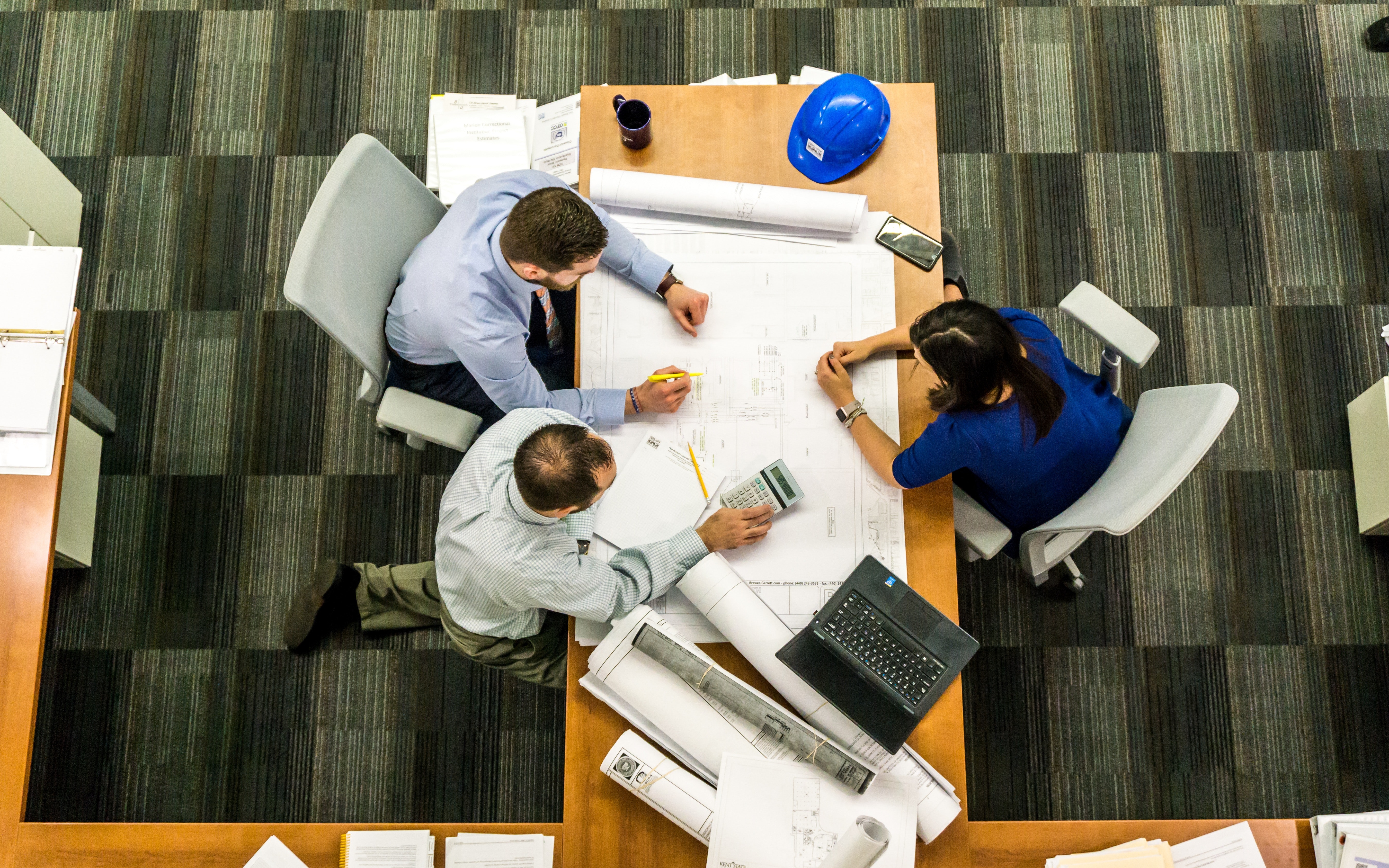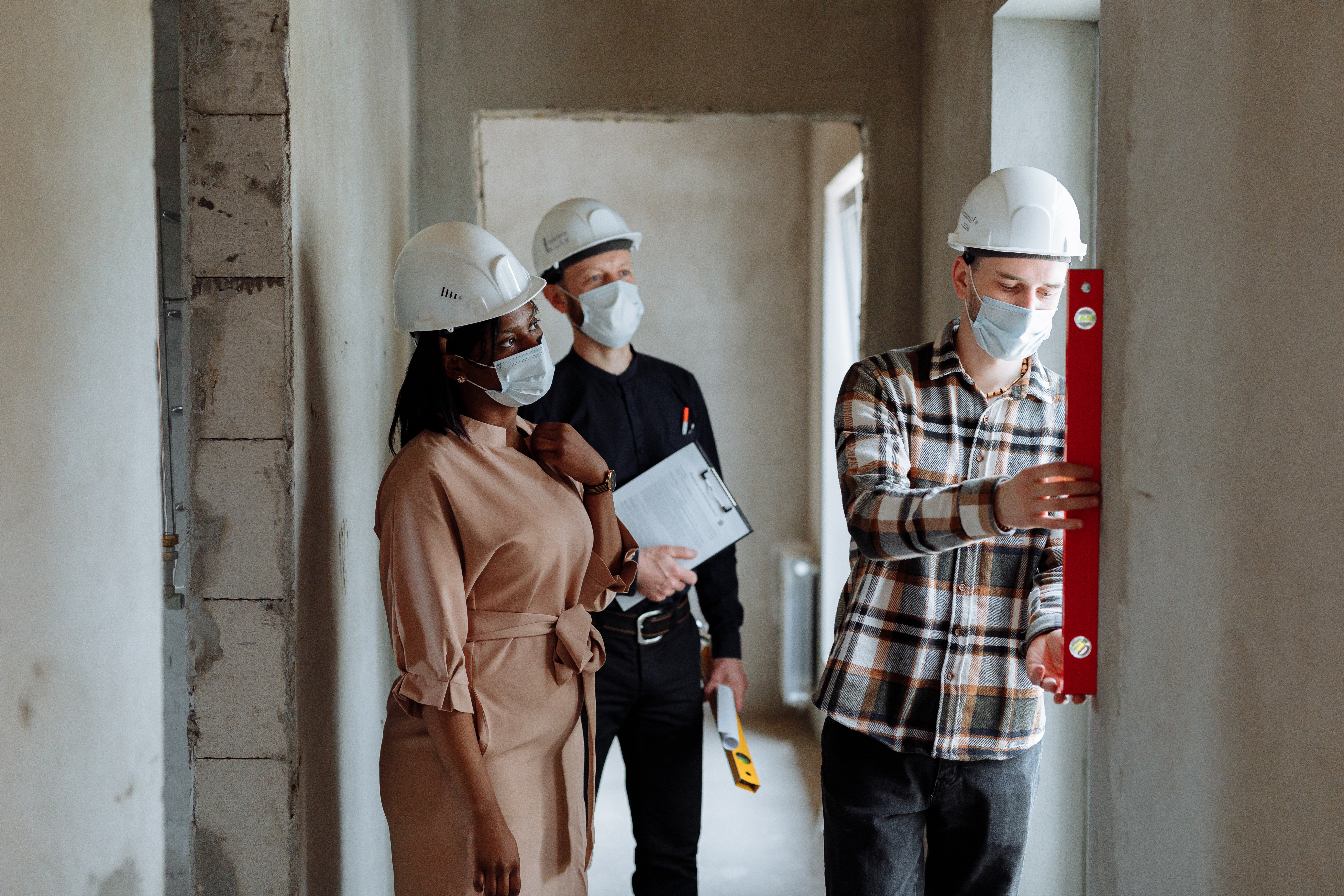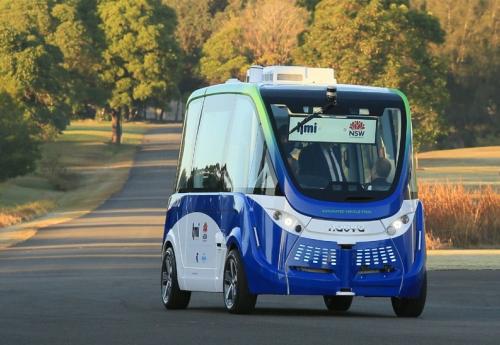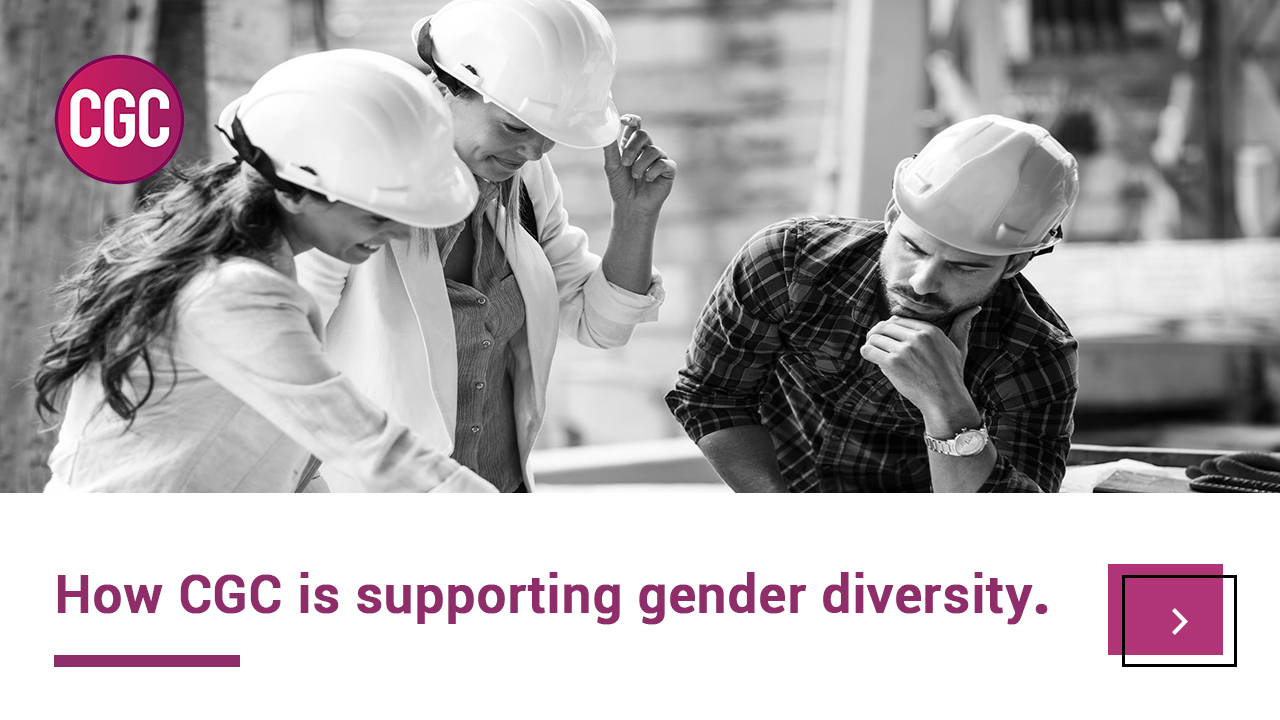The future of work and how to achieve the right balance
The future of work looks promising and exciting - although dynamic and fluid. The COVID-19 crisis has sparked a profound and radical shift, creating challenges that are reshaping the nature of work itself.
The term ‘future of work’ is defined as a projection of how work, workers and the workplace will evolve in the years ahead. Organisations must address these 3 key areas to continue to thrive in a post pandemic world, where markets are often candidate short.
So what can leaders expect and how can you plan for the future? The article below discusses how leaders can make strategic decisions for the workplace to shape a positive outcome - effectively managing future risks and maximising future opportunities. 
The reinvention of return to work strategies
COVID-19 produced temporary, knee jerk reactions in response to the crisis, as companies were forced to adapt rapidly to new regulations, new workplace operating models, and social distancing measures.
But now that leaders have had a few years to rethink their safe return to work strategies, it’s time to be intentional about your plans. Whether employees are working remotely, in re-imagined on-site locations, or a combination of the two - employers need to seize the opportunity to create a win-win for the organisation and employees.
A recent survey had the following findings:
- 83% of all employees want to work in either a remote or hybrid model
- 17% of employees prefer to go back on-site full time
- if organisations force a full return to the office, it could lose up to 4 in 10 workers
By establishing a culture of flexibility and embracing a human-centric workplace design, you can attract and retain crucial talent, maintain productivity, and find new ways to work together.
What job roles look like in the future
Due to the changing skills requirements caused by technology advancements, the future of work requires a combination of the traditional full and part time workers, alongside contractors and gig workers.
But the real question is - what does artificial intelligence (AI) and automation mean for the future of work?
The good news is that AI and automation will most probably not make human workers obsolete; especially in the building, engineering, and physical labour sector. For example, we’re currently seeing robots performing simple, repetitive tasks such as bricklaying in the construction industry. These robots are able to work more efficiently - as well as continuously - compared to humans when completing tasks.
However, embracing new technology and automation (such as robots) will drive innovation, as well as create a variety of jobs. AI and automation generates new jobs directly as it requires workers to develop or maintain the technology while the business scales and grows. For the example above, the bricklaying robot will still require workers to set up the robots. A mason is also required to oversee the work, ensuring accuracy and precision.
To establish sufficient qualified workers to fulfil the automated roles, businesses need to implement on-the-job training and re-skilling. This will enable employees to focus on other crucial functions, and in turn, will boost productivity, morale, and encourage employee development.
Adapting your workplace to reflect the ‘new now’
In order to sustain a competitive edge, employers need to build a workplace framework that supports the future of work now. The current war for talent, coupled with the ‘great resignation’, has highlighted the importance of a company’s most valuable asset - its employees.
The strategies below will help organisations identify and develop the type of workers required to succeed over the next decade and beyond.
- Recruit based on skills and not roles:
The traditional, role-based hierarchy is unsuitable for the workplace for the future. By using a skills-based approach to hiring, you’re focusing on the results you’d like to see - rather than the qualifications you think can deliver them. This opens up opportunities for business expansion and personal development.
- Identify gaps for future needs:
A skills gap analysis is an effective way to identify the skills your organisation is missing, as well as establish the employees who require reskilling and upskilling. This useful tool can help provide insights into your workforce, boost individual learning and development, and enhance strategic workforce planning - allowing you to adapt in this ever-changing environment.
- Engage technology: Technology is quickly advancing and shows a clear path where the future of work will be. Leaders who identify and utilise technology can improve an employees’ performance and support creativity. To remain competitive, strong technical skills are a must to thrive and survive.
In summary
For organisations to look ahead to a post-pandemic future, they must recognise it's time to support and leverage the inevitable changes to the workplace. The COVID crisis has highlighted opportunities where businesses can be successful - however it's also placed a spotlight on where the gaps and challenges lie.
With a clear set of strategic priorities, organisations will be able to outsmart their competition and achieve their business goals.
About CGC Recruitment
CGC Recruitment is a specialist construction, infrastructure, engineering, and architecture recruitment consultancy. We view our clients as our partners and work closely with them to meet their business needs. We work with some of Australia’s largest construction brands through to specialist SMEs and boutique consultants. We have proven experience delivering permanent, contract and retained recruitment solutions, consistently providing the right candidates for the right roles at the right time.
If you have an active role you’d like to discuss or just want to talk to a specialist consultant, please contact us. Alternatively, you can complete our online client form and a member of our team will contact you.









